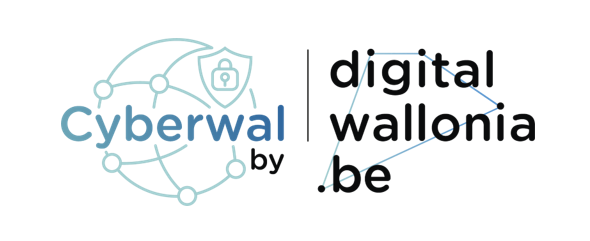Medical Challenge : Security of medical infrastructures
This challenge concerns the security and resilience of healthcare infrastructures, such as hospitals and medical laboratories, incorporating measures specific to this field, such as compliance with the RGPD and the implementation of data anonymisation and pseudonymisation processes. This risk is all the more worrying given the interconnected nature of the healthcare system, the often disparate IT architectures, and the high sensitivity of medical data.
The aim will be to work with our experts to explore and propose innovative solutions to ensure data confidentiality.
Using various techniques, such as pseudonymisation, emerging technologies like blockchain, homomorphic cryptography, etc. to ensure data confidentiality at every stage (from collection to analysis) in line with the GDPR and security standards. Ideally, reinforced by transparent and secure management of patient consent, monitoring and controlling access to sensitive data.
Here are a few potential suggestions (not exhaustive):
Pseudonymisation techniques
Implementation of correspondence tables stored securely, with access restricted to authorised persons only.
Implementation of logging and tracking mechanisms to monitor access to and use of the mapping table, in order to detect any suspicious or unauthorised activity.
Integrity of correspondence tables to maintain continuity of operations and avoid any loss of data
Integrity checks to detect any unauthorised alteration, maintain continuity of operations and avoid any loss of data.
Use of the private blockchain to create a decentralised and secure register of correspondence tables, offering traceability and integrity of sensitive data
Consent
Right to confidentiality and security
Confidence in the data collection and storage process
Control over the use of data (ensuring that data is not used outside the limits defined by consent)
Differential privacy
Noise is added to the data in a controlled manner to ensure that the results obtained from the data cannot be used to identify specific individuals.
This can be used in statistical analyses to protect the confidentiality of the data while still allowing meaningful results to be obtained.
Homomorphic cryptography
Calculations on encrypted data without the need to decrypt it, preserving data confidentiality throughout the analysis process.
This technique is particularly useful for the secure processing of sensitive data
Tokenisation
Replacement of sensitive data with a unique token or identifier, which can be used to reference the original data in a mapping table.
Deletion and aggregation methods
Deletion of sensitive data or grouping/aggregation of data to reduce the risk of re-identification.
…
